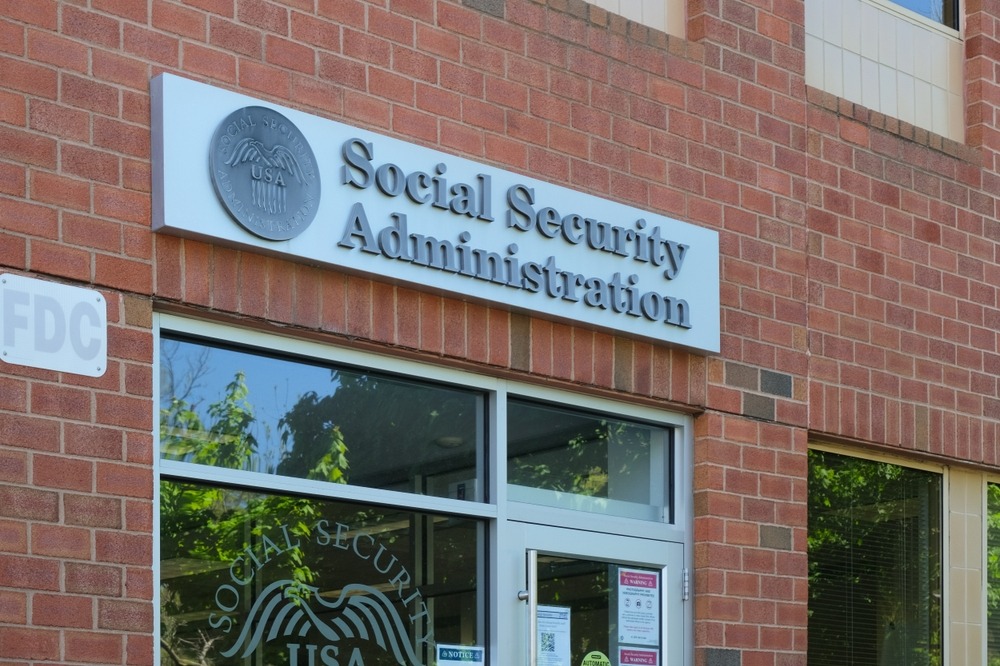Rising Costs, Shrinking Savings: What Social Security Changes Mean for You
As prices soar and savings dwindle, more Americans are leaning heavily on Social Security to make ends meet. With inflation driving up the cost of everything from food to housing, many find that their Social Security checks aren’t stretching as far as they used to. The recent increase in benefits—called the Cost-of-Living Adjustment (COLA)—was meant to offer some relief, but many beneficiaries say it barely covers the essentials, leaving them struggling to keep up.
If you or a loved one depends on Social Security, it’s essential to understand how these changes affect your budget and your future. Rising healthcare costs, tricky payment schedules, and the uncertain future of the Social Security Trust Fund all play a role in shaping the financial outlook for retirees. And with talk of potential reforms, there’s a mix of hope and anxiety about what’s to come. Here, we break down six areas where Social Security adjustments impact your life—and what it all means for your wallet.
Cost-of-Living Adjustments: A Drop in the Inflation Bucket?
COLA is supposed to help Social Security recipients keep up with inflation by increasing benefits to match rising costs. But even with this year’s bump, many recipients feel the adjustment falls short. Everyday costs for things like groceries, gas, and utility bills are rising at a pace that outstrips the COLA increase, leaving people wondering if their checks will ever really keep up with the cost of living.
This year’s COLA was one of the largest in recent history, but even so, it’s hard for recipients to feel like they’re getting ahead. For those who rely solely on Social Security, every dollar counts, and any gap between their income and real-world expenses can mean tough choices—like choosing between buying groceries or paying for medicine. As prices continue to climb, beneficiaries find themselves facing financial stress, despite the intended relief of COLA.
Payment Timing and Scheduling: An Unexpected Headache
Most people assume Social Security payments arrive like clockwork, but the reality is a bit more complicated. Payments are distributed based on recipients' birthdates, which means they’re staggered throughout the month. While this system helps the Social Security Administration manage payments, it can cause budgeting headaches for people trying to keep track of their finances.
Take this November, for example. Because of how the calendar falls, some recipients will get three checks this month instead of two. While an extra payment may sound like a bonus, it can disrupt budgeting for people used to regular, predictable cash flow. When that extra check comes through, it can throw off monthly planning, making it tricky for recipients to stretch their funds over the following months. For many, a dependable schedule is just as important as the check amount itself.
The Question of Adequacy: Are Benefits Enough?
One of the biggest questions facing Social Security recipients today is: Are my benefits enough? For many, the answer is no. Social Security was designed to be a supplement to retirement savings, but for millions of Americans, it’s become the primary—if not the only—source of income. As a result, any increase in costs for housing, healthcare, or utilities hits hard.
A recent story highlighted the plight of a retiree who receives $1,620 a month in Social Security. For her, that amount isn’t enough to live comfortably, forcing her to make sacrifices to cover basic needs. Rising housing costs alone can quickly eat up a Social Security check, leaving little left over for essentials. For those with limited savings, this reliance on Social Security means they’re constantly on edge, worrying about the next unexpected expense. And with the rising cost of just about everything, that anxiety is only growing.
The Future of the Social Security Trust Fund: Will It Be There for You?
If you’ve heard that Social Security might run out, you’re not alone in your concerns. With more Americans reaching retirement age and fewer young workers entering the workforce, the Social Security Trust Fund faces growing pressure. Without adjustments, experts predict it could experience a shortfall within the next few decades, which could mean reduced benefits for future recipients.
This looming threat has led to talks of potential reforms, which could include anything from raising the retirement age to increasing payroll taxes. While these changes are intended to protect the future of Social Security, they create a lot of uncertainty for those currently receiving benefits and for younger generations who wonder if they’ll have any support in retirement. For now, Social Security remains solvent, but if nothing is done, there’s real worry about how long that will last.
Potential Reforms: Will They Help or Hurt?
When it comes to potential changes, opinions are mixed. Lawmakers are considering a range of reforms, from raising the payroll tax cap to modifying the COLA calculation to better reflect the spending patterns of older Americans. Some suggest introducing a minimum benefit for low-income retirees to ensure that no one falls below a certain income threshold, while others propose adjustments to make the program more responsive to actual inflation levels.
While these proposed changes are intended to strengthen the program, they could also mean different things for different people. For example, increasing the retirement age might make sense on paper but could place additional strain on those with physically demanding jobs who can’t afford to work longer. And while a more accurate COLA calculation sounds promising, the reality is that inflation impacts each person differently. These proposals could ultimately improve Social Security, but there’s no guarantee they’ll solve the immediate financial stress beneficiaries are feeling today.
Healthcare Costs: The Elephant in the Room
For many Social Security recipients, healthcare is the single largest expense, often outpacing even rent or mortgage payments. Rising healthcare costs have been relentless, with premiums, medications, and out-of-pocket costs growing faster than general inflation. Even Medicare doesn’t fully cover these expenses, and many retirees find themselves paying more than they can comfortably afford for healthcare.
This situation is especially difficult for Social Security recipients, whose benefits were not designed to cover today’s high healthcare costs. For example, if a beneficiary receives a COLA increase, much of that may immediately go toward higher healthcare premiums or medication costs. This leaves little, if any, extra for other living expenses. It’s a sobering reminder that Social Security alone often isn’t enough to maintain financial stability, especially for those with health conditions requiring regular care.
Conclusion: Preparing for an Uncertain Future
Social Security has been a reliable support system for generations, but with rising costs, an aging population, and a trust fund under pressure, today’s beneficiaries face unique challenges. While recent adjustments provide some relief, they are not enough for many recipients struggling to keep up with the cost of living. The ongoing discussions about Social Security reforms give hope for a more sustainable future, but they also create uncertainty.
For those who rely on Social Security, awareness of these challenges is crucial for planning and budgeting. Whether it’s finding ways to save on healthcare, adjusting to irregular payment schedules, or advocating for stronger benefits, understanding these issues helps recipients navigate an increasingly complex financial landscape. As lawmakers consider reforms, the goal remains clear: to protect and strengthen Social Security so that it can continue to support Americans in retirement, both today and in the years to come.













